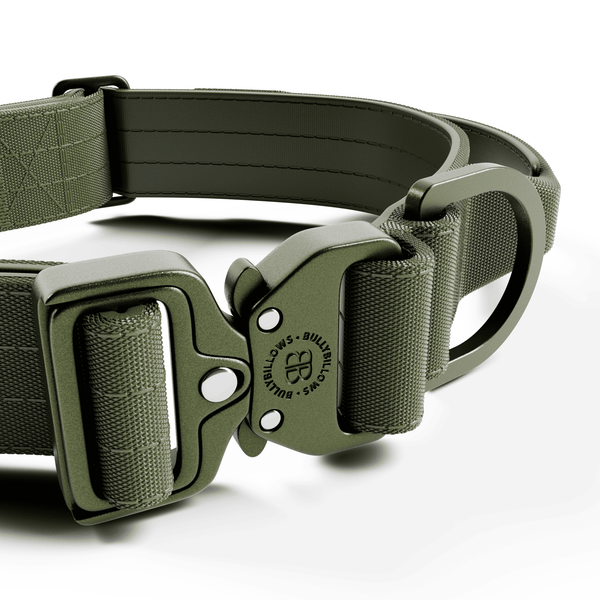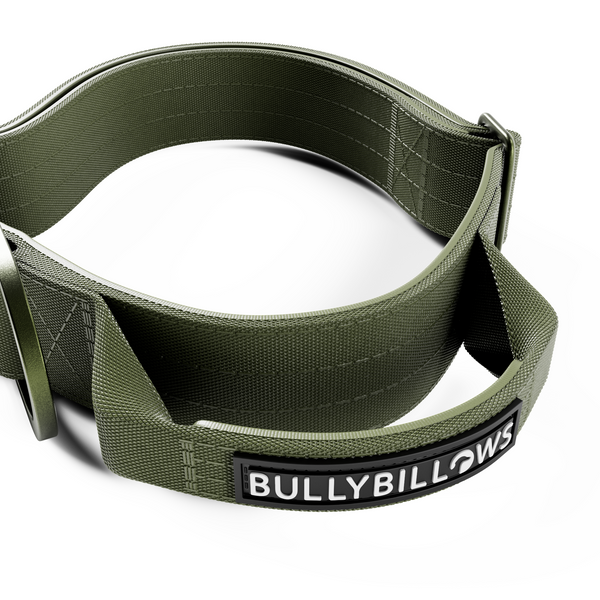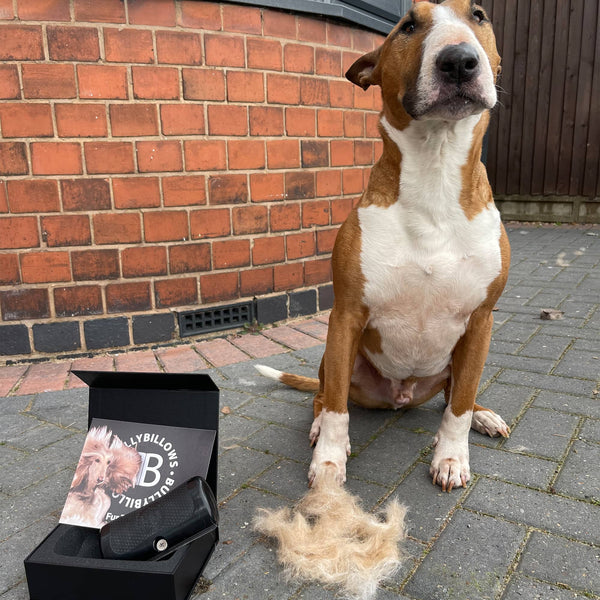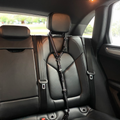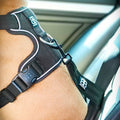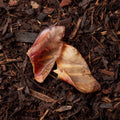For your dog to have a happy and healthy life – it's essential to start taking care of their teeth at a young age. And sadly, doggy dental hygiene is frequently forgotten when we consider the health and happiness of our pets. This is why we’ve put together this guide to dog and puppy dental care.
We’ve collected the best tips for caring for your dog’s teeth at home. And, ways to clean a dog’s teeth without using a brush. We’re very aware there are a lot of dogs who hate the brush. So, we’ve had to get creative.
This guide will answer some of the frequently asked questions about canine dental hygiene. We explore the signs your pup may be suffering from gum disease, what to do if you see these signs, and how to prevent a similar situation.
Now, let’s get into it! Here are the best ways to care for a dog’s teeth and the expert insights we’ve picked up along our journey…
When should puppy teeth care begin?
Straight away! Although, you won’t actually need to brush your dog’s teeth until they’re about six months old. You can begin ‘toothbrush training’ from as early as six weeks old. Do this by gently brushing your puppy’s teeth (and we mean very gently) using a doggy toothbrush. This will help your pup get used to having their teeth brushed and should make the process that much easier when it’s time for real brushing.
As for the real deal – brush your puppy’s teeth using a canine toothbrush and toothpaste at about six months of age. Don’t use human toothpaste, it can make your pup very ill.

How often should you brush your dog's teeth?
Ideally, dogs should have their teeth cleaned every day. In a perfect world, it would be twice a day. But we understand how many dogs wouldn’t like this. Cleaning your dog’s teeth three times a week could dramatically improve your pup’s well-being.
Remember, no two dogs are the same. Although twice a day would be amazing – three or more times a week will still have a positive impact.
Only you know what your dog can handle. If you haven’t brushed your dog’s teeth before, slowly introduce the action of brushing, then actually brushing over time. Gradually do this more often until they are used to brushing and cleaning.
How to clean your dog’s teeth
If you’ve not cleaned a dog’s teeth before, don’t worry. Below is a step-by-step process for cleaning the teeth of a dog.
Before you begin your cleaning routine – make sure your dog is used to the process. As we mentioned before, get your dog comfortable with the action of having their teeth brushed. This can be done in the weeks leading up to your new cleaning routine.
Get the correct supplies
Human products are very different to canine products. Ensure you have the canine-friendly toothpaste and toothbrush before you start cleaning.
Gently brush their teeth
Now you’ve got the goods – it’s time to brush. Apply a small amount of toothpaste to their brush, and gently brush their teeth to begin with. You can be more thorough with your cleaning as they get more comfortable and used to the cleaning process. But as a beginner, slow and steady wins the race. Brush in a circular motion.
Reward your dog for their good work
Success! Your dog has had their teeth cleaned. Now, it’s time to say well done. Give them a treat or their favourite toy to let them know they’ve done well. This will help your dog associate having their teeth cleaned with positive reinforcement.
Tips for cleaning your dog’s teeth without brushing
Having trouble cleaning your pup’s teeth? There are a few things you can do in between brushes to help the dental hygiene of your furry friend. Although the below methods aren’t as effective as actually cleaning your dog’s teeth – they’re a great help for those whose dogs particularly hate the brush.
Dental water additive
There are many great, tried and tested dental water additives out there. And, they’re super easy to use. These supplements may be added to the water that your canine drinks, and they function by reducing plaque and tartar buildup. For correct use and dosing, according to the product's instructions.
Dental chews and sticks
Dental chews generally have ridges that help remove plaque and tartar from your dog's teeth
as they chew. They're not as effective as actually brushing their teeth, but they should help. These chews are also usually flavoured with something like chicken or beef, so your pup should be keen to get stuck in!
Dental toys
Similar to the chews, these will have grooves and ridges to help clean those teeth. However, a dog can’t actually chew these to the point of eating. These toys can help remove plaque while they play.
Have your dog’s dental health checked by a vet
If you are still concerned about the dental hygiene of your dog – seek advice from a vet. They will be able to offer advice on the specific needs of your pup.
Top dental care tip: If you’re looking for a natural way to help your doggos with dental care, try offering them carrots. As well as helping aid natural cleaning, carrots are great for our pup's coats, skin, and eyes.
Gum disease in dogs
If your little (or large!) companion is getting older and they’re suffering from the symptoms and signs below, it could be possible they have gum disease. Look out for the following signs:
Possible symptoms of gum disease in dogs
- Bad breath
- Bleeding gums
- Brown or yellow teeth
- Loss of appetite
- Weight loss
- Tooth loss
Your pooch may feel down if they’re suffering from gum issues. Read the Signs Your Dog Is Depressed And What To Do.

What causes gum disease in dogs?
Gum disease is caused by bacteria in plaque and tartar. It can develop due to these infections, which can cause gum swelling, redness, and inflammation. It’s more likely to occur in certain dog breeds. Make sure you carry out plenty of research before you choose the right breed for your home.
What to do if you suspect your dog has gum disease
You’ve probably guessed what we recommend here – and it’s a trip to the vet. As we’ve said, a veterinarian will be able to diagnose and treat your dog properly. They may be given medications or need to have an extraction. This will reduce the pain your pup feels from any infection.
The best dog collars and leads with BullyBillows
We’ve got the very best Dog Collars, Harnesses, Leads, and Dog Accessories available here with BullyBillows. Your dog may need a little TLC after you begin their new cleaning routine. Why not treat them to some Dog Shampoo & Cologne today? Explore the collection now.
Did you know that it is a legal requirement to ensure your dog has an ID? Find the perfect Dog ID for your pooch now.
Discover more puppy and dog advice
Looking for more? Read more helpful articles and guides in our handy Dog Blog today. And feel free to contact us if you have any questions. Our friendly team are happy to help.































